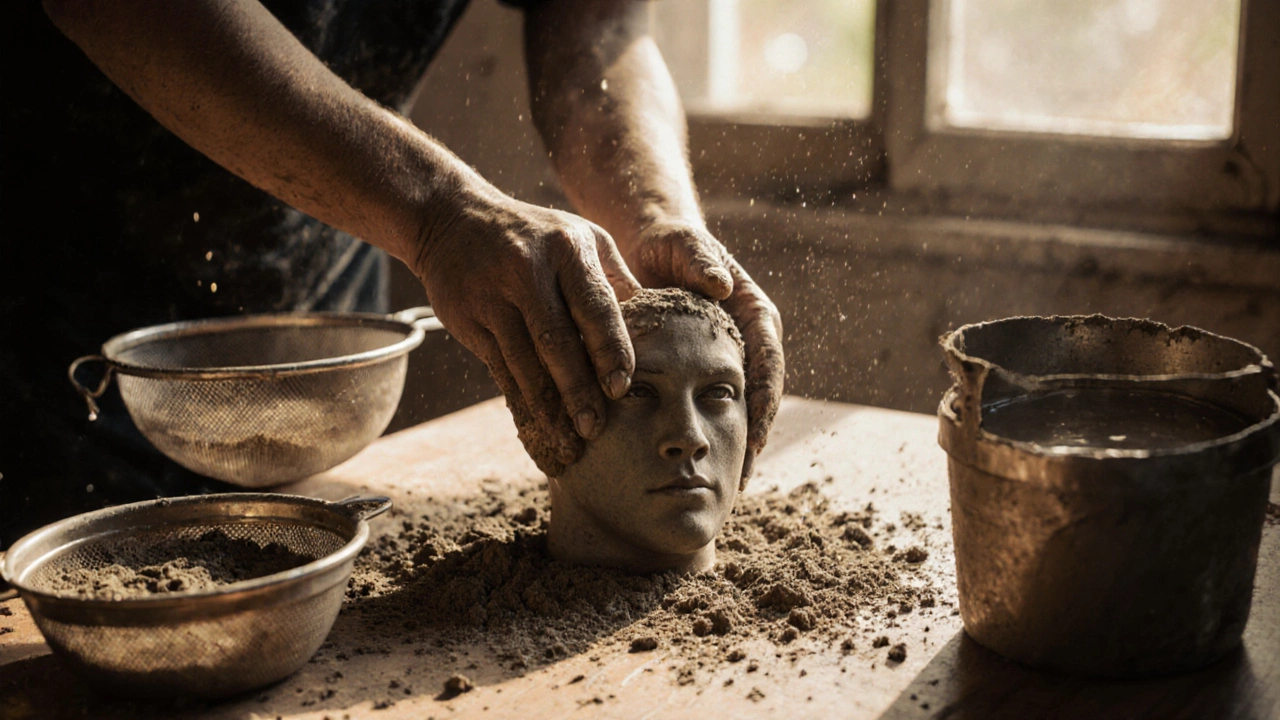Sculpture on a Budget
When you think of sculpture, a three-dimensional artwork shaped by carving, modeling, or assembling materials. Also known as 3D art, it’s often seen as expensive, requiring clay, bronze, or marble. But that’s not true. Many of the most powerful sculptures ever made started with scraps, old tools, and pure imagination. You don’t need a studio full of fancy gear to begin. You just need the willingness to experiment.
Sculpture on a budget, the practice of creating 3D art using low-cost or recycled materials. Also known as DIY sculpture, it’s not just for students or beginners—it’s how many professional artists started. Think about it: clay isn’t the only option. Cardboard, wire, plaster, old metal, even frozen butter or ice can become a sculpture. The key isn’t the price tag on the material—it’s the idea behind it. Artists like Louise Nevelson built entire exhibitions from discarded wood. Antony Gormley used everyday objects like bread and nails. You don’t need a grant to start. You need a pair of scissors, some glue, and the courage to shape something from nothing.
What materials actually work? Papier-mâché, a simple mix of paper and glue that dries hard and can be painted. Also known as paper pulp sculpture, it’s one of the most forgiving and versatile mediums for beginners. It’s cheap, easy to find, and doesn’t need kilns or special tools. Wire armatures, the internal skeletons that support clay or other materials. Also known as sculpture frames, they’re often made from coat hangers or electrical wire—free if you recycle. Even a simple ball of aluminum foil can become the core of a human figure. You can buy basic tools at thrift stores for under £5. A butter knife works fine for carving foam. A wooden spoon can smooth clay.
And don’t let the fear of "not being good enough" stop you. Most professional sculptors will tell you their first pieces looked terrible. That’s normal. What matters is that you kept going. Sculpture on a budget isn’t about making something perfect. It’s about making something real. It’s about learning how form works, how weight balances, how space feels. You’ll mess up. You’ll break things. You’ll redo them. And each time, you’ll understand more.
You’ll find in the posts below real examples of how people built sculptures from trash, saved money on materials, and still created work that got noticed. Some used old bicycle parts. Others painted on cardboard cutouts and called it art. One artist molded a bust using only wet newspaper and flour paste. These aren’t tricks. They’re proven paths. Whether you’re a student, a parent looking for a weekend project, or someone who just wants to make something with their hands—this collection gives you the practical, no-fluff ways to start now. No expensive classes. No waiting for permission. Just you, your hands, and what’s already around you.
What Is the Cheapest Material to Make a Sculpture?
The cheapest materials to make a sculpture are often free: concrete, clay from dirt, recycled plastic, scrap wood, wire, and cardboard. Learn how to turn trash into art with no budget and no special tools.
Continue Reading




